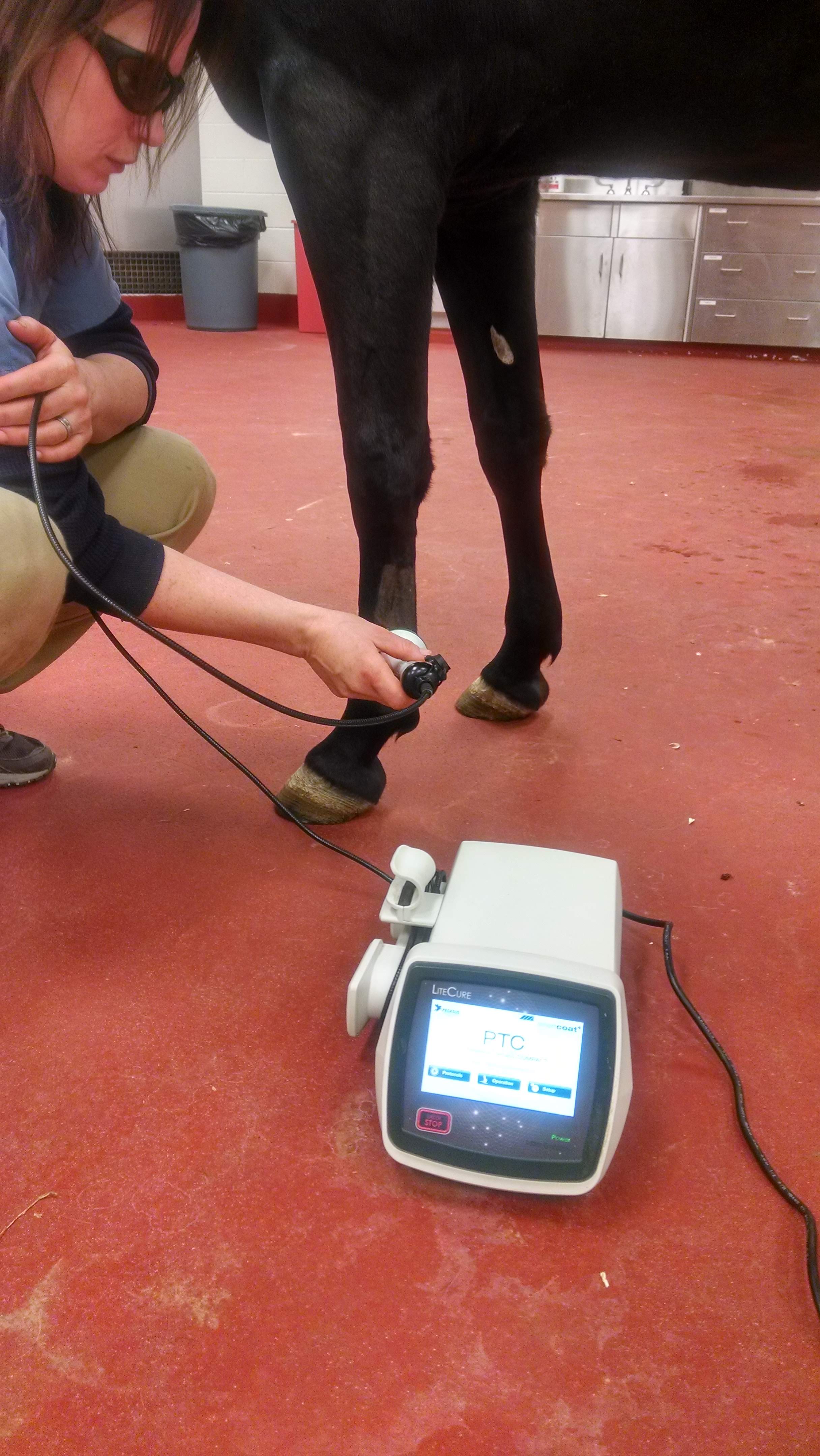Equine Therapy: How It Assists Build Self-confidence and Psychological Toughness
Equine Therapy: How It Assists Build Self-confidence and Psychological Toughness
Blog Article
Laser Therapy in Horse Therapy: A Modern Method to Improving Steed Wellness
Laser treatment has actually arised as an essential method in equine therapy, utilizing focused light power to foster cellular repair and speed up recuperation from a range of ailments. By promoting mitochondrial task and improving ATP manufacturing, laser therapy not only improves flow yet additionally gives substantial pain alleviation.
Understanding Laser Therapy
Laser therapy, a non-invasive therapy method, has actually acquired significant grip in equine medicine due to its efficiency in advertising recovery and pain relief. Boosted ATP degrees speed up cells fixing procedures and decrease swelling, making laser treatment especially effective for dealing with bone and joint injuries, wounds, and other inflammatory problems in equines.
There are a number of sorts of lasers made use of in equine therapy, each with particular wavelengths and power outputs customized to various healing needs. Low-level laser treatment (LLLT), also recognized as chilly laser therapy, uses reduced power degrees to stimulate cell feature without triggering thermal damages. High-intensity laser therapy (HANDLE), in contrast, uses higher power degrees to achieve much deeper tissue infiltration and more substantial healing effects.
Veterinarians make use of numerous laser gadgets and techniques relying on the condition being dealt with and the desired depth of cells infiltration. Appropriate training and expertise are critical for making sure the safe and efficient application of laser treatment, thus optimizing its healing possibility while minimizing risks.
Advantages for Equine Wellness
With a solid understanding of how laser treatment works, it is essential to explore its many benefits for equine health. Among the primary advantages is its capability to accelerate cells fixing and cell development. By boosting mobile function, laser therapy promotes faster wound healing and aids in the regeneration of damaged tissues. This can be particularly useful in lowering healing times for horses dealing with injuries.
Additionally, laser therapy has been revealed to boost flow, thus improving blood circulation to influenced locations. Enhanced circulation makes certain that essential nutrients and oxygen are provided much more efficiently, promoting the healing procedure. Furthermore, laser therapy's anti-inflammatory results assist in decreasing swelling and pain, which is crucial for the overall wellness of the steed.
Pain management is an additional significant advantage. By releasing endorphins and obstructing discomfort signals, laser therapy gives efficient, non-invasive relief from both severe and chronic pain. This can contribute to enhanced movement and lifestyle for the animal.
Last but not least, laser therapy is a non-invasive therapy option, decreasing the risk of difficulties related to even more intrusive procedures. Its original site versatility and effectiveness make it a very useful tool in modern-day equine veterinary medication.
Typical Conditions Treated

An additional widespread problem treated with laser treatment is arthritis. Furthermore, laser treatment is used in the monitoring of injuries.
Horse breathing conditions, such as recurrent respiratory tract blockage (RAO), additionally react favorably to laser therapy. The anti-inflammatory properties of the therapy help in minimizing airway inflammation, thus boosting respiratory system function. Laser treatment is useful in treating unguis issues, including laminitis and abscesses. By boosting circulation and minimizing pain, it sustains quicker healing.
Procedure and Safety And Security
Carrying out laser therapy in equine therapy includes a precise treatment to make sure both effectiveness and security. Equine Therapy. The process starts with a detailed veterinary analysis to figure out the suitability of laser treatment for the equine's specific problem. Once considered proper, the therapy area is prepared by cleansing and, if required, clipping the hair to improve laser penetration
The expert must choose the correct type of laser, generally a low-level laser (LLLT) or a high-power laser (HPL), depending upon the problem being treated. The laser device is then calibrated to the ideal wavelength, power, and duration settings. During the application, the professional relocates the laser over the targeted area in a methodical way, making view website certain constant and also direct exposure.
Safety protocols are strictly stuck to, consisting of making use of protective glasses for both the expert and the horse. Furthermore, it is vital to check the horse for any type of indications of discomfort or negative responses throughout the treatment. Post-treatment, the horse is commonly offered a duration of remainder to permit the healing results to show up.

Future of Equine Laser Therapy
As innovations in vet medicine proceed to unfold, the future of equine laser treatment holds significant promise. Arising innovations and much deeper scientific understandings are set to improve pop over to this site and broaden the applications of laser treatment for equines.
Moreover, ongoing study into the molecular and mobile mechanisms of laser treatment will likely yield enhanced protocols tailored to details conditions, boosting efficiency and minimizing therapy times. Customized therapy plans based on hereditary and biochemical pens could come true, making sure that each horse gets one of the most appropriate and efficient treatment.
Additionally, governing advancements and standardization of procedures will certainly enhance the credibility and integrity of laser treatment in equine method. Equine Therapy. As these technologies continue to emerge, equine laser treatment is positioned to come to be an essential element of veterinary treatment, offering enhanced healing and enhanced high quality of life for steeds globally
Conclusion

Report this page